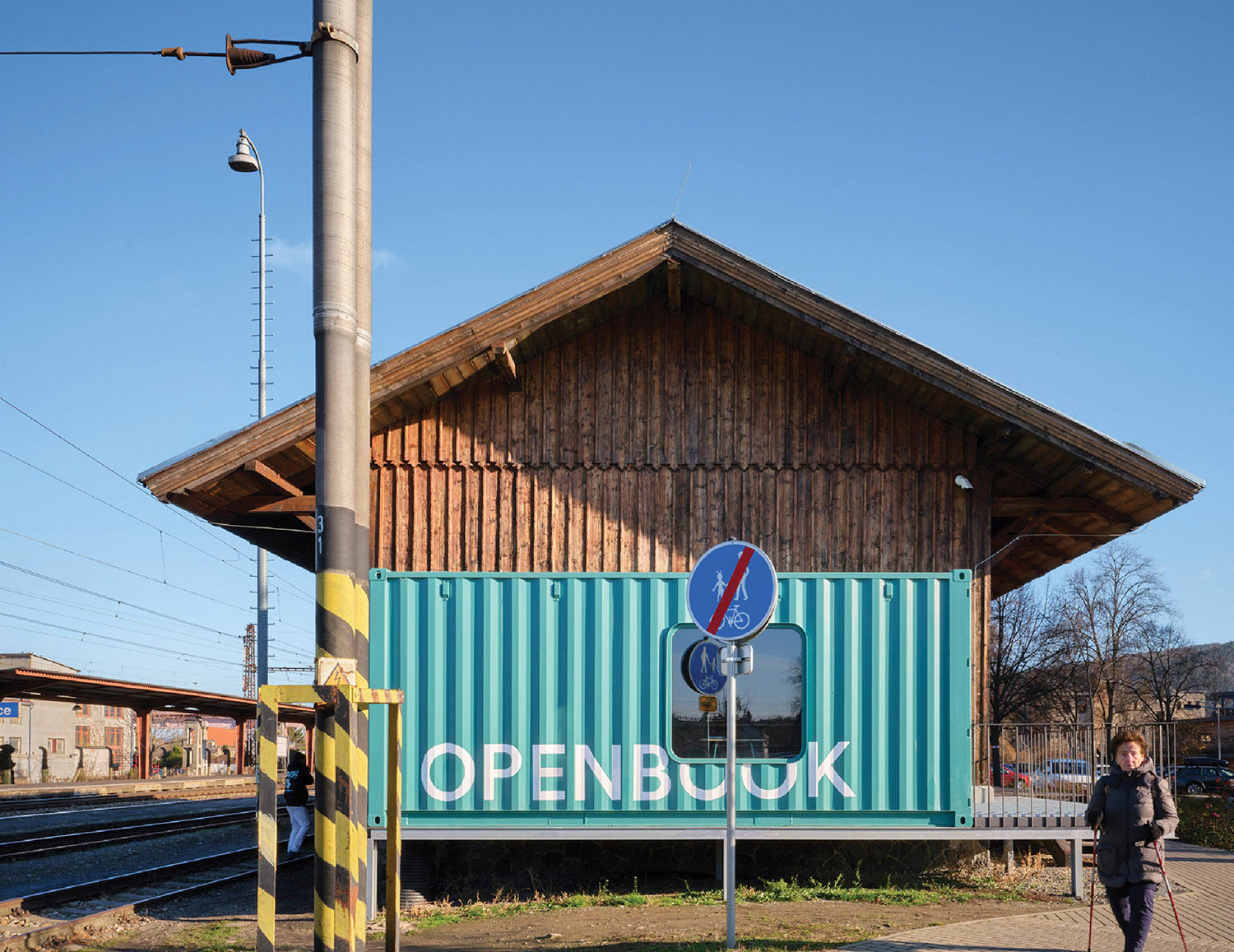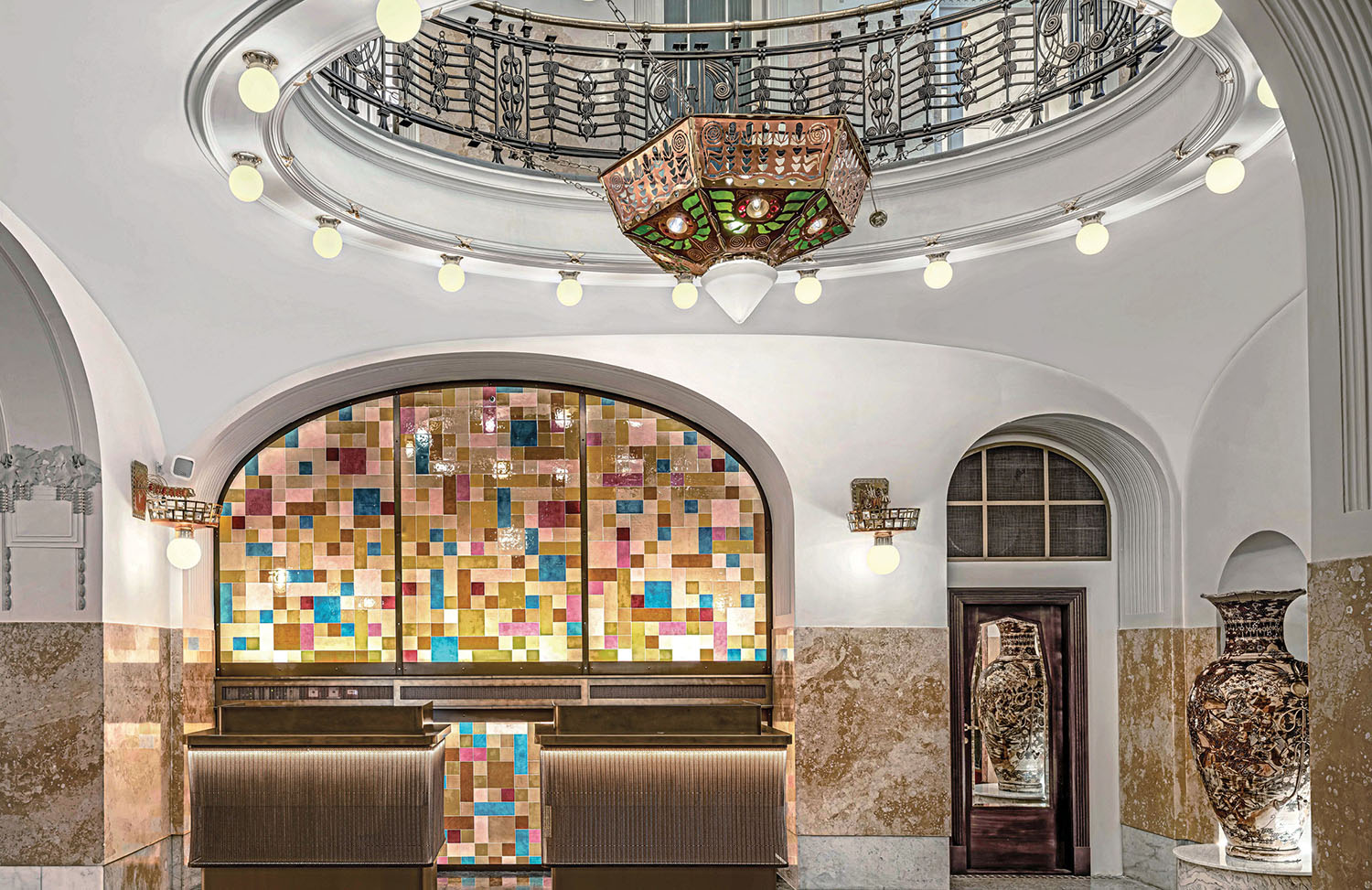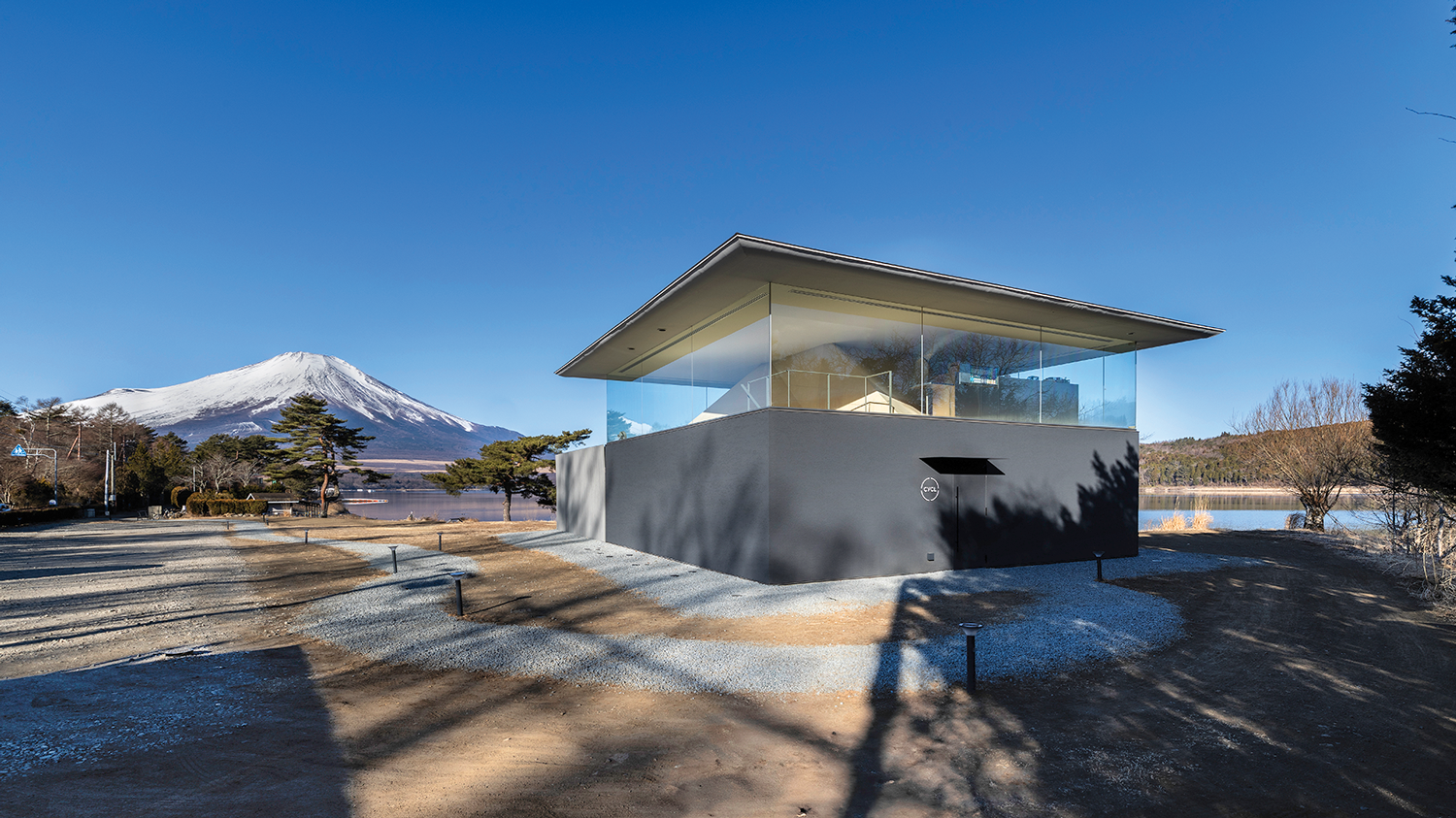Houssein Jarouche’s Art-Filled São Paulo Apartment Is a Medley of Modernism
Pop art is alive and well. Just step into the São Paulo apartment of furniture dealer Houssein Jarouche for proof. It’s a reminder that while the movement was born in the 1950’s U.K. and U.S., it not only flourished contemporaneously in Brazil but also continues to do so a half-century later. The residence’s furnishings tell the parallel story of the country’s ongoing affair with modernism, how its post–World War II designers took European and American models and imbued them with a sensual ease that’s as singular as the samba, the insinuating dance-rhythm that embodies the relaxed sexiness of Brazil’s vibrant multiracial culture.
Jarouche himself is a product of that distinctive cultural mélange. His Lebanese-Muslim parents emigrated to Brazil in 1962, eventually opening a furniture store and factory near São Paulo. “When I was about 14, my father sent me to Lebanon for five years to study Arabic and Islam,” Jarouche recalls. “On my return, I went to work in the family business, which led me and my brother to open our own store in 1998.” At first, they sold only Brazilian designers and manufacturers but gradually added leading global talents and brands to the mix. It proved so successful that in 2004, Jarouche was able to launch MiCasa—the first store of what would become a three-building compound dedicated to cutting-edge residential furnishings—in the city’s Jardins district.
His three-bedroom apartment is located in the same leafy neighborhood. It’s one floor below his previous much-published loft, a take-no-prisoners paean to brutalism by Triptyque Architecture, which also designed Jarouche’s first MiCasa. “I still own that apartment but now use it as a studio,” he says. “I got married two years ago and needed a family home, which requires a different kind of design.” Jarouche’s wife, the model and fashion entrepreneur Fabiana Mayer, collaborated with him on the renovation of the new 3,200-square-foot apartment. “We installed a lighting system but made no structural changes,” Jarouche notes. “All our effort went into choosing furniture and art that would create a comfortable environment in which to live and entertain.”

The furnishings are a free and easy blend of Brazilian and international modernist pieces. Most of the former are vintage, drawn from Jarouche’s vast personal collection (“I have about 3,000 items from the ’60’s and ’70’s,” he reports), while the latter are generally current editions of 20th-century classics available at MiCasa. Juxtaposing the old with the newly made defetishizes individual pieces, emphasizing questions of aesthetics, functionality, and design history over those of provenance and market value.
The living room’s nonchalant arrangement of armchairs, coffee tables, and Moroccan vintage rugs epitomizes Jarouche’s touch. A pair of golden-velvet rectangular lounge chairs, manufactured in the ’70’s by now-defunct Celina Móveis, are like a Brazilian take on Milo Baughman in monumental mode. Joining them are vintage seats by iconic Brazilian designers Sergio Rodrigues and José Zanine Caldas, each piece an idiosyncratic creation incorporating native jacaranda wood. A new edition of Jean Prouvé’s 1939 Fauteuil de Salon adds an internationalist note—and a reminder that the French architect was interested in designing for tropical climates. The faded geometrics of the rugs nod to Jarouche’s cultural roots, whereas the deep-red rug in the adjoining sitting area is Turkish vintage, a luxe companion to a sinuous solid-brass chair by Salvador Dalí.
“I love pop art,” Jarouche declares. So much that, last year, he opened Brazil’s first gallery dedicated to all aspects and iterations of the movement. Much of the globe-spanning inventory has made it onto the apartment’s pristine white walls. While an Andy Warhol soup-can serigraph and a quartet of geometric images by Ed Ruscha offer familiar pleasures, there are many examples of Brazilian pop on show. Works by such key ’60’s figures as Nelson Leirner, Maurício Nogueira Lima, and Claudio Tozzi hang alongside boldly graphic images from the late ’50’s by Hércules Barsotti, Judith Lauand, and other members of the neo-concrete movement, Brazilian popism’s more abstract precursor. The political turn pop took after a 1964 military coup inaugurated two decades of governmental oppression appears on a wall in the media room: Hélio Oiticica’s Seja marginal, seja herói (Be an Outlaw, Be a Hero) is a screen-printed banner that musicians Caetano Veloso and Gilberto Gil waved at a concert, leading to their exile.

In recent years, Jarouche has begun making his own pop-inspired art. His principal medium is brightly colored adhesive tape, with which he creates nonfigurative patterns, “some of them based on the repetitive geometric motifs found in Islamic art,” he notes. He also runs Estudio 20.87 with artist Abidiel Vicente, taking on commercial interior and graphic design projects. In this apartment, their collaboration yielded a print that captures the expressive possibilities still available to pop in today’s Brazil: By manipulating a 1965 Richard Avedon photograph of model Jean Shrimpton dressed as an astronaut, they not only pay homage to the power of the original shot but also evoke Claudio Tozzi’s seminal silkscreen of cosmonauts from the same period. By partially obscuring Shrimpton’s eyes with a black bar, Jarouche and Vicente are able to suggest the subliminal pornographic impulse that lies behind so much fashion photography, reclaiming the gorgeous image for today’s Me Too era.
Project Team: Micasa: Furniture Supplier.
Product Sources: From Front: BD Barcelona Design: Chair (Sitting Area). Vitra: Stools, Chair, Sofa, Ottomans (Sitting Area), Dark Chair (Living Room), Table, Chairs (Dining Area), Lamp (Bedroom), Side Table (Media Room). Cappellini: Multicolor Chair (Sitting Area). Moroso: Sofa (Media Room). Thonet: Cane Chair (Living Room). Throughout: Through Leroy Merlin: Paint; Ceiling Fixtures.
> See more from the August 2018 issue of Interior Design


